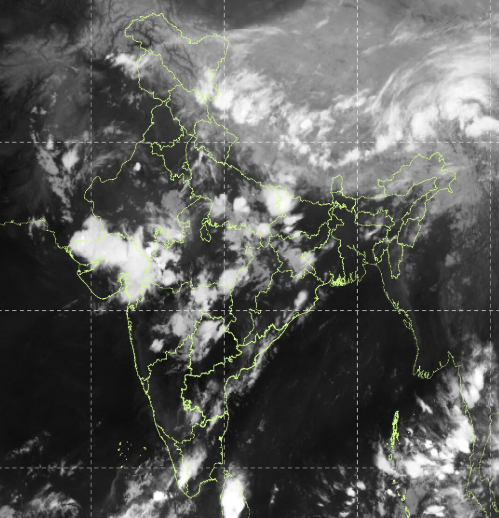
On April 12, 2025, India experienced a significant disruption in Unified Payments Interface (UPI) services, affecting major platforms like Paytm, PhonePe, and Google Pay. Users across the country reported difficulties in executing transactions, with many taking to social media to express their concerns. The outage highlighted the vulnerabilities in the digital payment ecosystem, which has become integral to daily financial activities in India.
What Happened?
The outage began in the early hours of April 12, with users reporting failed transactions, delayed fund transfers, and unresponsive payment apps. The issue was widespread, impacting multiple banks and payment platforms simultaneously. While the exact cause of the disruption remains unclear, initial reports suggest that technical glitches within the banking systems may have contributed to the problem.
User Reactions
The disruption led to a flurry of complaints on social media platforms, with users expressing frustration over failed transactions and the lack of official communication from service providers. Many users reported being unable to complete essential payments, such as utility bills and merchant transactions, causing significant inconvenience.
Official Response
As of now, there has been no official statement from the National Payments Corporation of India (NPCI) regarding the cause of the outage. However, in similar past incidents, NPCI has attributed such disruptions to internal technical issues within specific banks, emphasizing that their systems remained operational. It is anticipated that a detailed explanation and resolution plan will be provided once the issue is thoroughly investigated.
Impact on Daily Life
The outage had a considerable impact on daily life, especially in urban areas where digital payments are prevalent. Small businesses and vendors who rely heavily on UPI for transactions faced challenges in conducting business, leading to potential revenue losses. Consumers, too, found themselves in difficult situations, unable to make payments for essential services.
What Users Can Do
In light of such disruptions, users are advised to:
Keep Alternative Payment Methods Ready: Having cash or alternative digital wallets can be helpful during such outages.
Stay Informed: Follow official channels of banks and payment platforms for real-time updates.
Report Issues: Use customer service channels to report problems and seek assistance.
Avoid Multiple Attempts: Repeated failed transactions can lead to multiple debits; it’s advisable to wait before retrying.
Conclusion
The April 12 UPI outage underscores the need for robust infrastructure and contingency planning in India’s digital payment ecosystem. As reliance on digital transactions grows, ensuring system resilience and prompt communication during disruptions becomes increasingly critical. Users and service providers alike must collaborate to navigate and mitigate the challenges posed by such unforeseen events.








